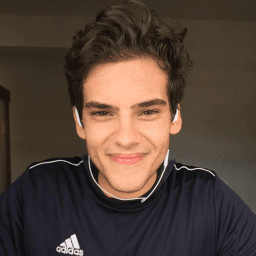Top 29 Creative Director Interview Questions and Answers [Updated 2025]

Andre Mendes
•
March 30, 2025
Preparing for a Creative Director interview can be daunting, but having the right resources can boost your confidence and performance. In this blog post, we compile the most common interview questions for the Creative Director role, offering insightful example answers and practical tips to help you respond effectively. Dive in to enhance your understanding and showcase your creative leadership skills during your next interview.
Get Creative Director Interview Questions PDF
Get instant access to all these Creative Director interview questions and expert answers in a convenient PDF format. Perfect for offline study and interview preparation.
Enter your email below to receive the PDF instantly: